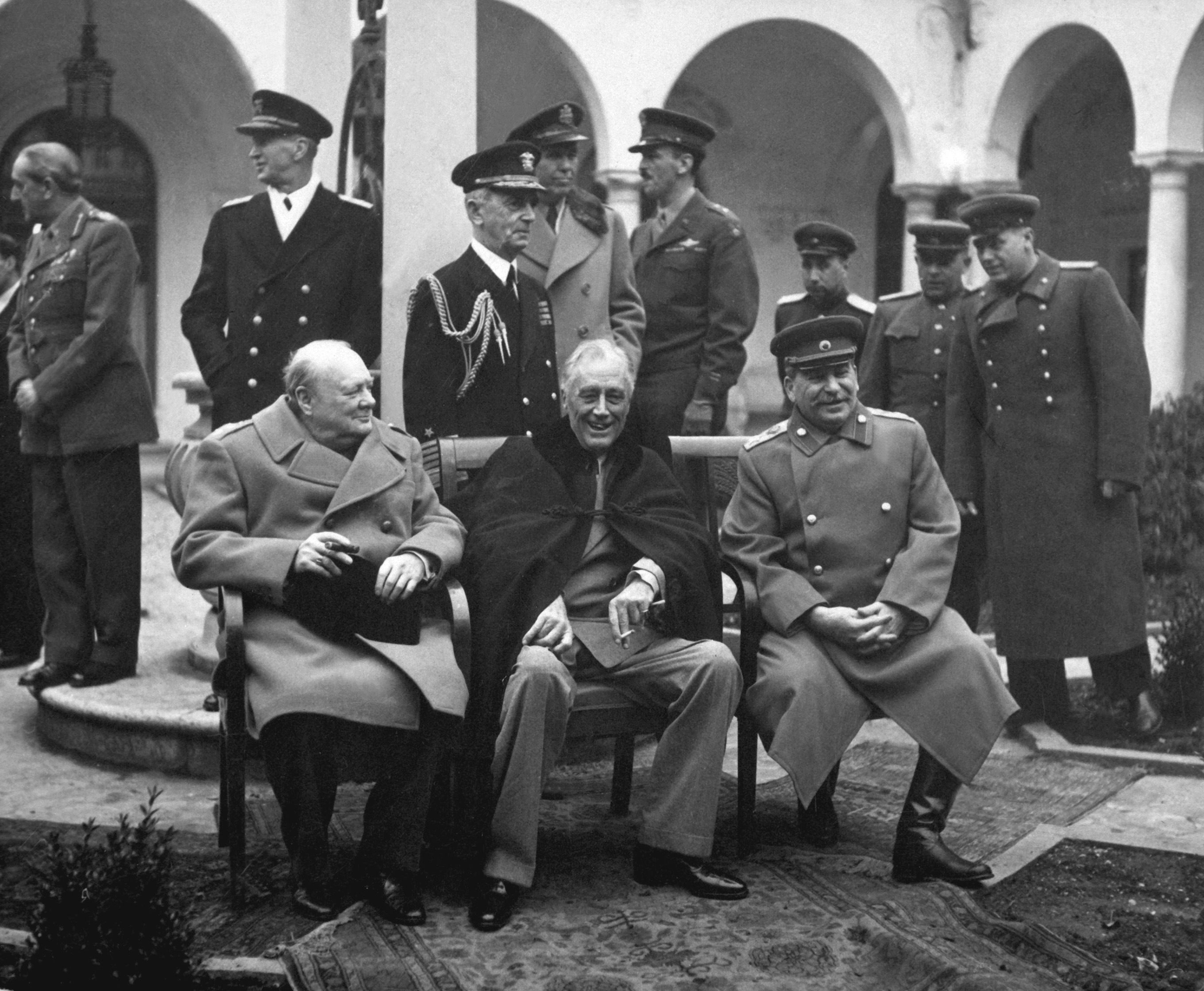The siege of Leningrad by German and Finnish forces (as well as the soldiers of the Division Azul, Spanish volunteers) is a key episode in the Second World War on Soviet territory and saw the reappearance of a form of warfare that was thought to have died out in the nineteenth century. Although less present in narratives of the war in the West, the siege was a major traumatic event for the USSR. As a symbol of resistance and suffering, it differs from Stalingrad, a heroic victory that could be celebrated more easily. Of Leningrad’s 2.5 million inhabitants on the eve of the conflict, only 600,000 were still alive in the city when it was liberated by the Red Army on 27 January 1944, around one million having been evacuated before and during the siege. It is estimated today that 800,000 people died in the siege, mostly from cold and hunger.
Leningrad, along with Moscow and Kiev, was one of the major objectives of the German offensive launched on 21 June 1941, but the city was not taken during the attack. It was gradually surrounded by Finnish forces in the north and by German forces in the south. The capture of Mga, on 29 August 1941, allowed the attackers to control the last railway line linking the city to the rest of the USSR, and the fall of Schlisselburg on the banks of the Neva on 8 September 1941 sealed the fate of the city once and for all. The Germans did not cross the Neva, however, and thus failed to join up with the Finnish, renouncing effective control of Lake Ladoga.
The Soviets tried to loosen the stranglehold on the city in 1941, but did not succeed and suffered heavy losses. The military encirclement was only gradually broken from 1943 onwards: in January the Red Army retook Schlisselburg, which meant it could protect the southern shore of Lake Ladoga more effectively. The “Leningrad-Novogorod” offensive launched on 14 January 1944 finally allowed the blockade to be lifted on 27 January. It had lasted almost 900 days.
Two forms of violence
The bombing of the city was particularly intense during the first weeks of the siege (80 per cent of the air raids took place between September and November 1941), but the summers of 1942 and 1943 were also extremely violent: shells continuously rained down on the city. The shelling of the city by artillery was coupled with a psychological offensive: the Germans dropped thousands of leaflets announcing the defeat of the USSR to the population.
Alongside this mortality inflicted by arms, it was cold and hunger that caused the most casualties among Leningrad’s inhabitants. The supply situation was catastrophic, especially during the first winter (1941-1942). In fact, warehouses were almost empty when the encirclement of the city was completed: the food reserves of the city would have only lasted a matter of days. Dimitri Pavlov, responsible for managing the city’s reserves, was forced to reduce the food ration drastically. In November 1941, each inhabitant received a daily ration of between 125 and 375 g of very poor quality bread, depending on their status. The situation only began to improve very gradually in the summer of 1942.
Soon there was also a shortage of electricity. There were no more city trams so the starving population had to walk to get around. There was no more heating in apartments. The cold was terrible. During the winter of 1941 temperatures regularly reached – 20° C and even dropped to – 40° C. The inhabitants had to burn anything they could find to stay warm, causing numerous fires. They ate whatever they could get hold of. There were rumours of cannibalism; people ate wallpaper paste, boiled leather, cosmetics and pets.
In the sealed-off city, death was everywhere. People collapsed from exhaustion in the street or died at home, like the family of Tanya Savicheva, a little girl who became the symbol of the siege. In her notebook she recorded the death of each member of her family, until only she was left.
Mobilisation and control
Faced with this situation, the Soviets tried to manage the crisis. Despite the risk of bombing, the “road of life” over the frozen Lake Ladoga allowed hundreds of thousands of inhabitants to be evacuated and a minimum of food to be brought into the city. Vast mass graves were dug in the spring to hold the corpses and limit the risk of epidemics.
The authorities also tried to maintain the appearance of normal life: libraries remained open, plays were performed and concerts were held. Dmitri Shostakovich’s 7th symphony, completed in Kuybyshev in March 1942, was played by the Leningrad Philharmonic Orchestra in August that year.
A complex memory
The population of the city held out. After the liberation, this heroic suffering was exalted in a museum and celebrated in the press. Ilya Ehrenburg wrote: “We have an ideal worth pursuing – to live with the same dignity as the heroes of Leningrad, to work as selflessly as they fought.”
The commemoration of this feat wasn’t taken up again until the early 1960s. The mass graves were reorganised and a large memorial cemetery inaugurated. The siege became the heart of local memory, the exalted symbol of the defence of the city and of the Soviet regime. Gradually, however, a more individual memory emerged, focused on the suffering individuals endured. At the end of the 1970s, the publication of the Book of the Siege by Ales Adamovich and Daniil Granin, based on testimonies. The publication of many diaries written during the siege, mainly in the years following perestroika, formed part of the same process.
In today’s Saint Petersburg, the celebration of the 9th of May, the day of victory over fascism, still begins at the Piskaryovskoye Memorial Cemetery with a tribute to the dead of the blockade.
Soviet Storm. WW2 in the East - The Siege Of Leningrad. Episode 5 :t34:
Megathreads and spaces to hang out:
- ❤️ Come listen to music and Watch movies with your fellow Hexbears nerd, in Cy.tube
- 💖 Come talk in the New weekly queer thread
- 🧡 Monthly Neurodiverse Megathread
- 💛 Read about a current topic in the news
- ⭐️ October Movie Nominations ⭐️
reminders:
- 💚 You nerds can join specific comms to see posts about all sorts of topics
- 💙 Hexbear’s algorithm prioritizes struggle sessions over upbears
- 💜 Sorting by new you nerd
- 🌈 If you ever want to make your own megathread, you can go here nerd
- 🐶 Join the unofficial Hexbear-adjacent Mastodon instance toots.matapacos.dog
Links To Resources (Aid and Theory):
Aid:
- 💙Comprehensive list of resources for those in need of an abortion -- reddit link
- 💙Resources for Palestine
Theory:
- ❤️Foundations of Leninism
- ❤️Anarchism and Other Essays
- ❤️Mega upload with theory for many tendencies
Remember nerds, no current struggle session discussion here to the general megathread, i will ban you from the comm and remove your comment, have a good day/night :meow-coffee:


I am not here for it. I do not want to go to work today. I do not want to do the commute. I do not want to sit at the desk. I do not want to lose half my waking hours to florescent lights and keyboards. But I have to pay rent to not be homeless. So here I am :meow-clown:
:programming-communism:
deleted by creator